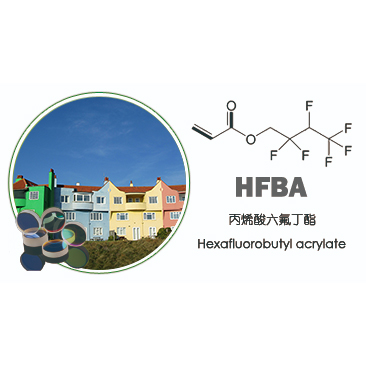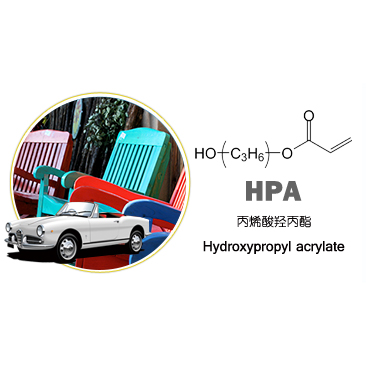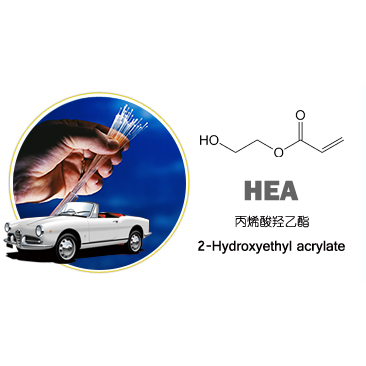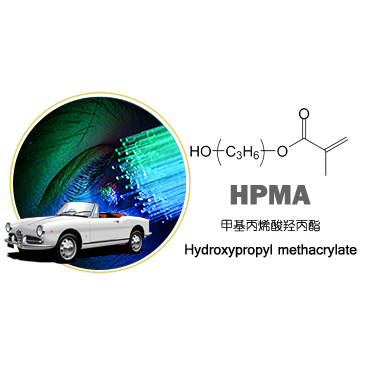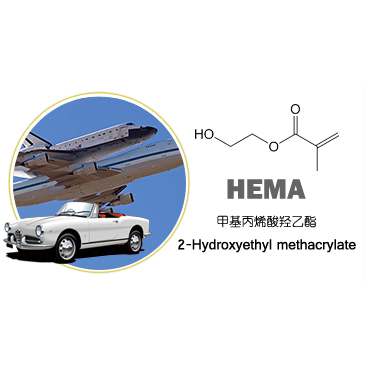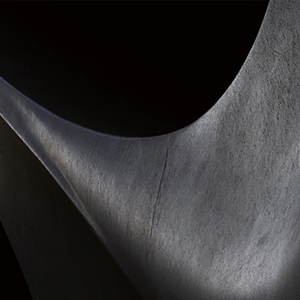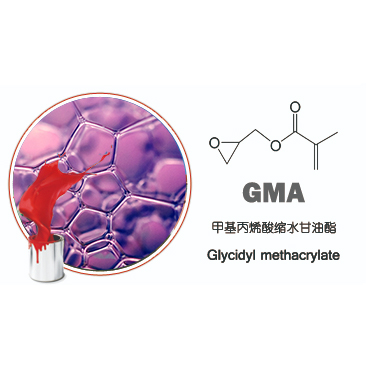- E-mail : info_marketing@jindunchemical.cn
- Phone : +86 21 64057580
- Address : Shanghai China
Methacrylic acid monomer is safe and environmentally friendly
Methacrylic acid monomers are an important class of chemical raw materials,
mainly referring to methyl methacrylate extremely derivatives. Methacrylate
monomers impart a variety of properties to products, either to improve strength,
to increase toughness, to provide hydrophilicity, or to provide hydrophobicity,
etc. Methacrylic acid monomers can provide a variety of functional groups with
different properties for polymers, offering a wide range of options and great
imagination for product design.
Methacrylate monomers are very easy to polymerize, so there are certain
requirements for temperature, light, storage containers and storage capacity
during storage, transportation and use, and the addition of polymerization
inhibitors can also have an impact, and some product processes will require
delamination.
Methacrylic acid class part of the monomer applications
Coatings
The addition of different methacrylic acid esters in the synthesis of
resins for coatings can obtain resins with different performance requirements. Methyl methacrylate (MMA) is one of the most used methacrylic monomers. It is a
colorless and transparent liquid at room temperature with a glass transition
temperature Tg of 105°C. It has excellent light transmittance and good
weathering resistance, high hardness, and its addition can significantly improve
the hardness, water resistance and weathering resistance of film-forming
substances. In contrast, the glass transition temperature of n-butyl
methacrylate is only 20℃, which can be used as soft monomer and has obvious
effect on improving the flexibility of resin. Cyclohexyl methacrylate (c-HMA)
can significantly improve the hardness, abrasion resistance and heat resistance
of products under the premise of ensuring weather resistance, and can be used in
high-grade industrial coatings. Isobornyl methacrylate (IBOMA) is often used in
the synthesis of high-grade acrylic resins with high solids and low viscosity
due to its extremely high Tg and unique structure, and this resin has better
heat resistance, weather resistance, wear resistance and water resistance, and
is mostly used in the production of automotive paints. Hydroxyalkyl methacrylate
such as hydroxyethyl methacrylate (HEMA) can introduce reactive hydroxyl groups,
which can produce thermosetting acrylic resins, and then cross-link with amino
resins or resins containing polyisocyanates to prepare functional coatings with
different properties. Glycidyl Methacrylate (GMA) is a monomer that has both an
acrylate double bond and an epoxy group. The acrylate double bond is highly
reactive and can undergo self-polymerization and copolymerization with many
other monomers, while the epoxy group can react with hydroxyl, amino, carboxyl
or anhydride groups to introduce more functional groups and thus bring more
functionality to the product. Therefore, GMA has a wide range of applications in
organic synthesis, polymer synthesis, polymer modification, composite materials,
UV-curable materials, coatings, adhesives, leather, chemical fiber, paper and
printing and dyeing, etc.
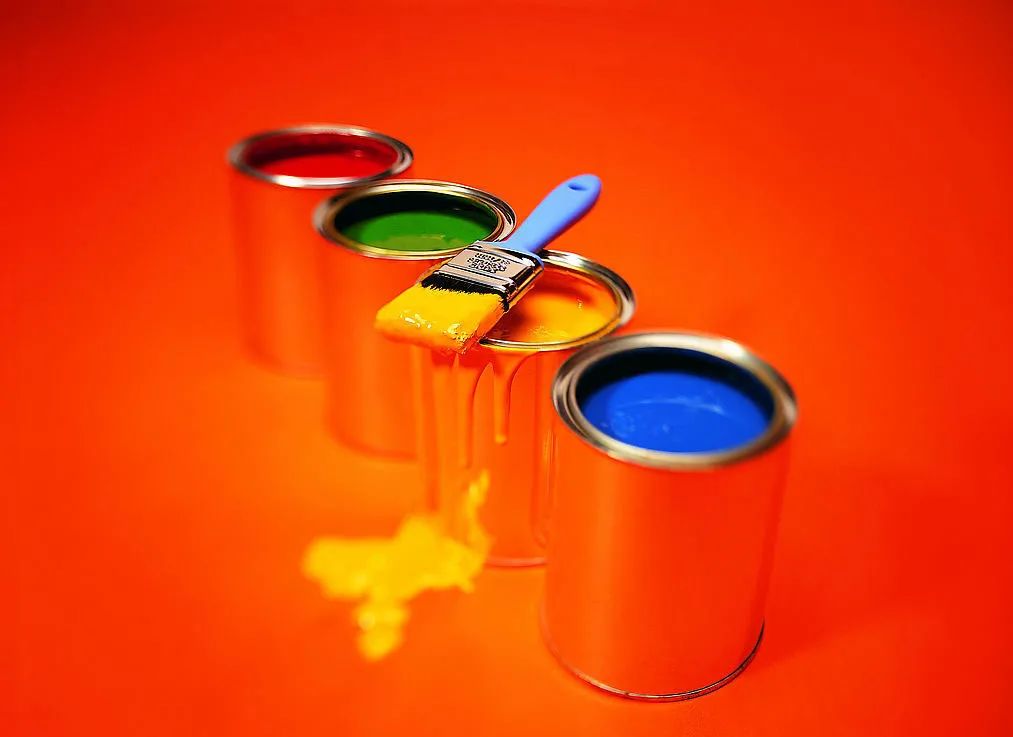
Textile
Hydroxyethyl methacrylate (HEMA) is currently used in the grafting process
of silk and other fibers because of its non-toxic and mild odor; the polymer of
dimethylaminoethyl methacrylate (MADAME) can be used as a fiber antistatic
agent, as well as a dyeing modifier for acrylic fibers and polypropylene fibers,
and a treatment agent for polyester, wool, silk, polyurethane fibers and other
fibers.
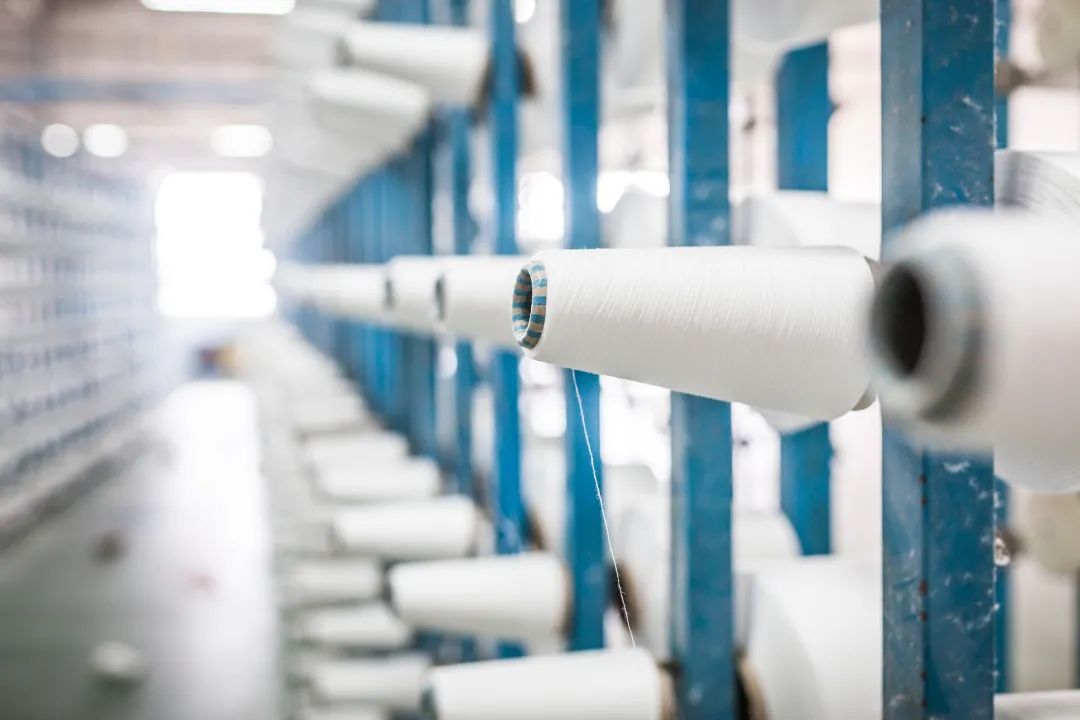
Medical and Personal Care
Ultra-high purity hydroxyethyl methacrylate (HEMA) is an important material
for making contact lenses; methyl methacrylate (MMA), butyl methacrylate (BMA)
hydroxyethyl methacrylate (HEMA) and other monomers are widely used in dental
materials.
-
date
2022-10-10
-
location
Shanghai, China






































